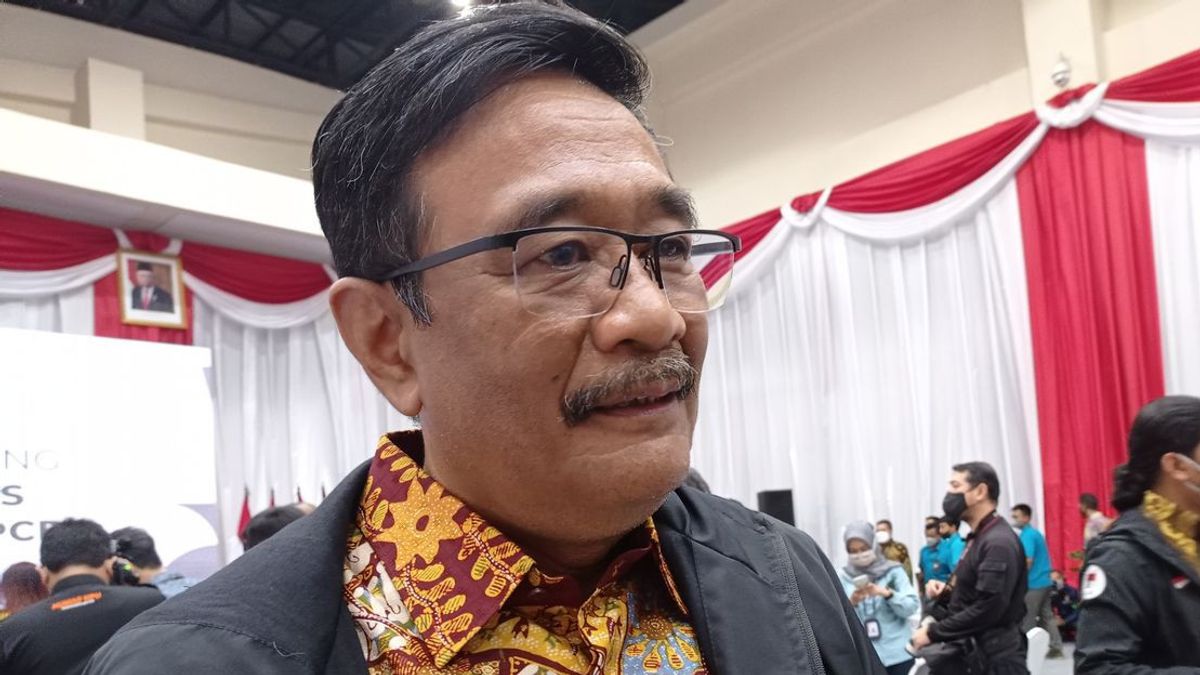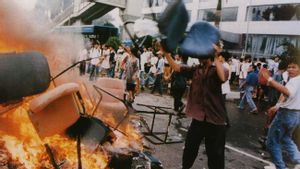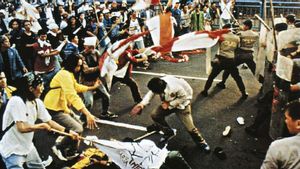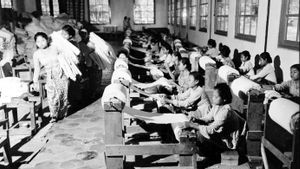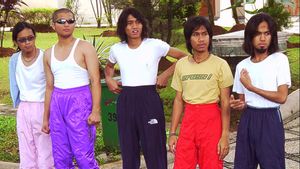JAKARTA Memories of today eight years ago, May 14, 2016, Deputy Governor (Deputy Governor) of DKI Jakarta, Djarot Saiful Hidayat proposed that the May 1998 riots be included as a teaching material for the national curriculum. This wish was revealed because it was getting thinner in memory of the humanitarian tragedy.
Previously, people's hatred of the Soeharto and the New Order (Orba) governments peaked. All Indonesians chose to take to the streets demanding Suharto resign. Instead of embracing, the New Order used the demonstrators' tactics.
The life of the Indonesian people has fallen to the lowest level due to the economic crisis since the beginning of 1998. They are increasingly aware that the leadership of Suharto and the New Order cannot continue. This is because misery is considered to always side with the people, not officials.
The narrative made the action to take the road even more massive. National figures and students chose to merge themselves into the pulpits of the people. The goal is for Suharto to step down. However, that desire did not go smoothly. The New Order continues to play an old strategy in the form of a hitting strategy.
The New Order deployed security forces to secure and clean up the mass action. The result turned out to be the master's weapon. The hitting strategy applied to Trisaksi University students actually resulted in anger. Four of Trisakti University students died on May 12, 1998.
The Trisakti tragedy has made the mass action increasingly out of control. The crowd flocked to fill the capital city. Surprisingly, the security forces that emerged kept things a little reduced. This condition made riots present throughout Jakarta.
The looting and burning of shops were carried out. In fact, the conflict is widening to racial problems. Those with Chinese ethnicity must bear the nestapa. Their houses were looted. Many of the women were victims of sexual harassment and rape.
A life-long injury must be borne. Security forces seemed to close their eyes. They are no longer alert as the task of guarding investment. Casualties fell. The riots then spread to various cities in the archipelago until Suharto stepped down on May 21, 1998.
Politician from the Indonesian Democratic Party of Struggle (PDIP), Djarot Saiful Hidayat, recorded 500 people who died. That's only for the scope of Jakarta.
Most of the victims who died were people trapped in malls or shopping complexes that were victims of looting and arson. About 1,000 looters were arrested and secured. DKI Jakarta Governor Sutiyoso in a statement to the press reported damage caused by riots, looting, and arson on May 13-14, 1998.
He reported as follows: 4,939 buildings (offices and shopping facilities); 64 bank offices; 1,119 private cars; 66 public transportation; 821 motorbikes burned down; and 1,026 houses were damaged. Especially for physical damage to buildings, temporary losses are estimated at 2.5 trillion rupiahs," said Djarot and Endi Haryono in the book Politics and Ideology of the PDI-P 1987-1999: Discovery and Victory (2023).
DJarot, who is now Deputy Governor of DKI Jakarta, did not want the May 1998 riots to just disappear in memory. Instead, he suggested that the 1998 tragedy be immediately included as a teaching material in the national curriculum.
SEE ALSO:
This desire is so that the younger generation of Indonesia get to know history. More specificly, so that every transfer of power should not only be linked to matters of bloodshed. The matter of transfer of power could be more complex as in the 1998 riots.
"The lesson of the May 1998 Tragedy should be a national curriculum, just like when we learned about the fall of the Lionasari Kingdom. So that each transfer of power is not associated with bloodshed," said Djarot as quoted on the CNN Indonesia website, May 14, 2016.
The English, Chinese, Japanese, Arabic, and French versions are automatically generated by the AI. So there may still be inaccuracies in translating, please always see Indonesian as our main language. (system supported by DigitalSiber.id)
